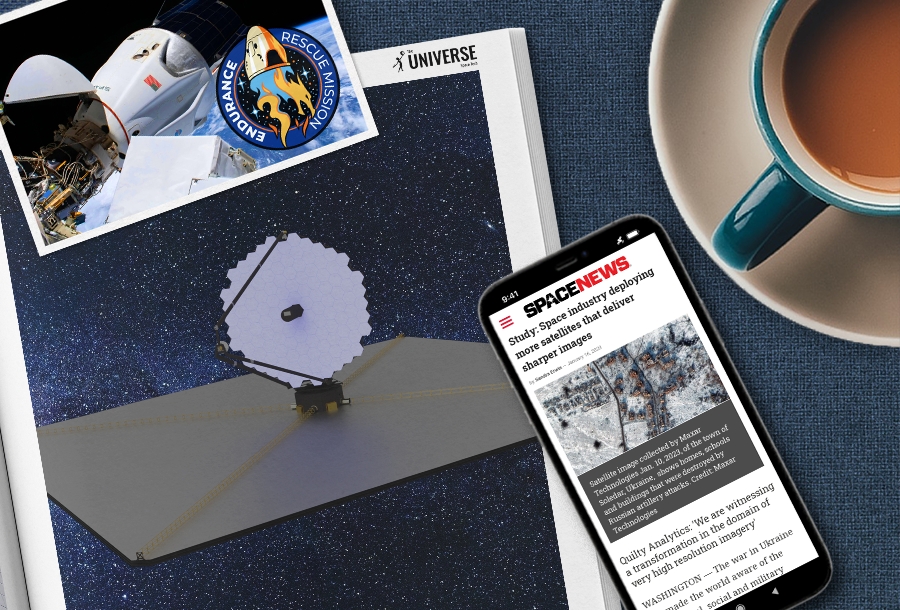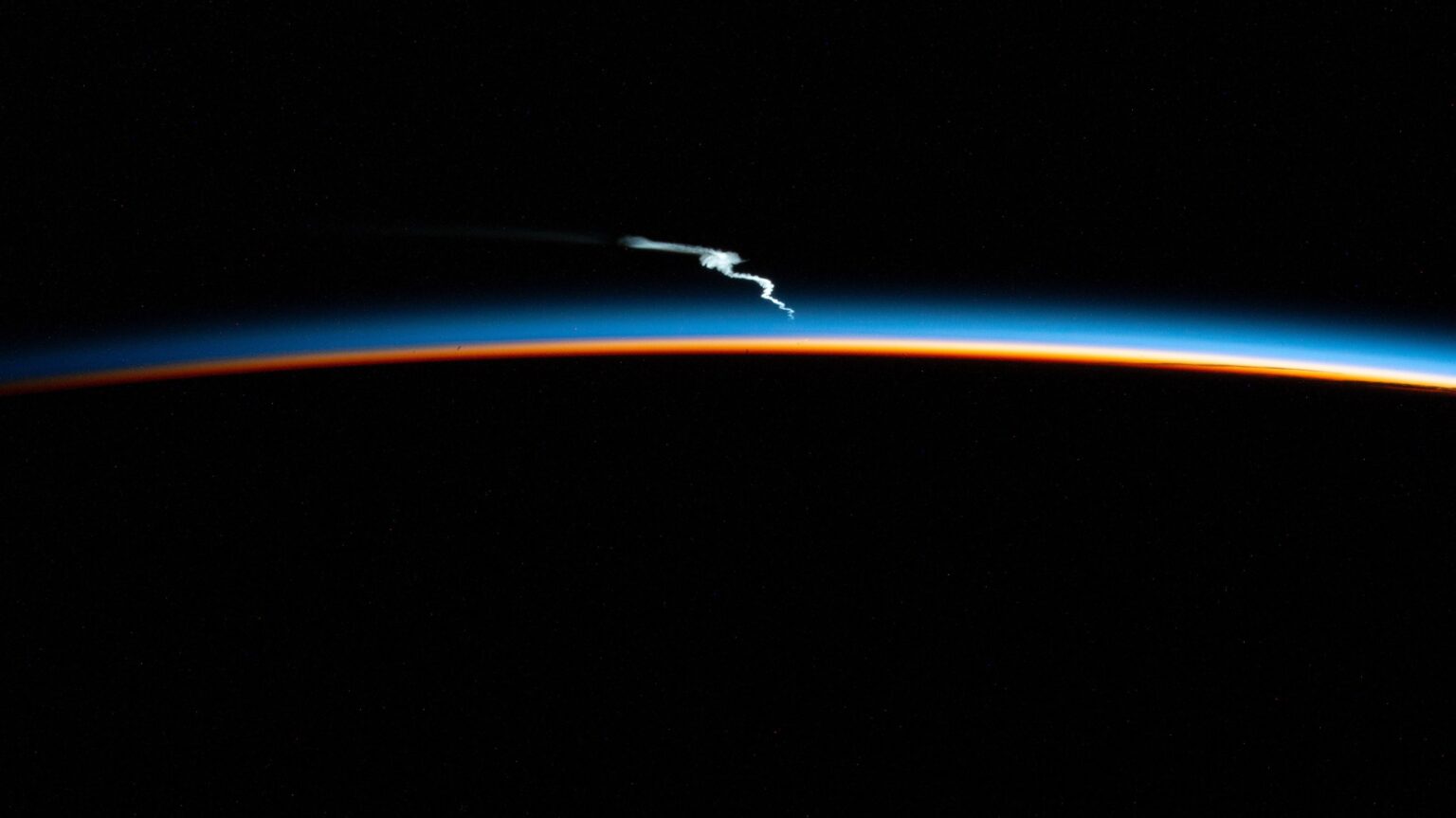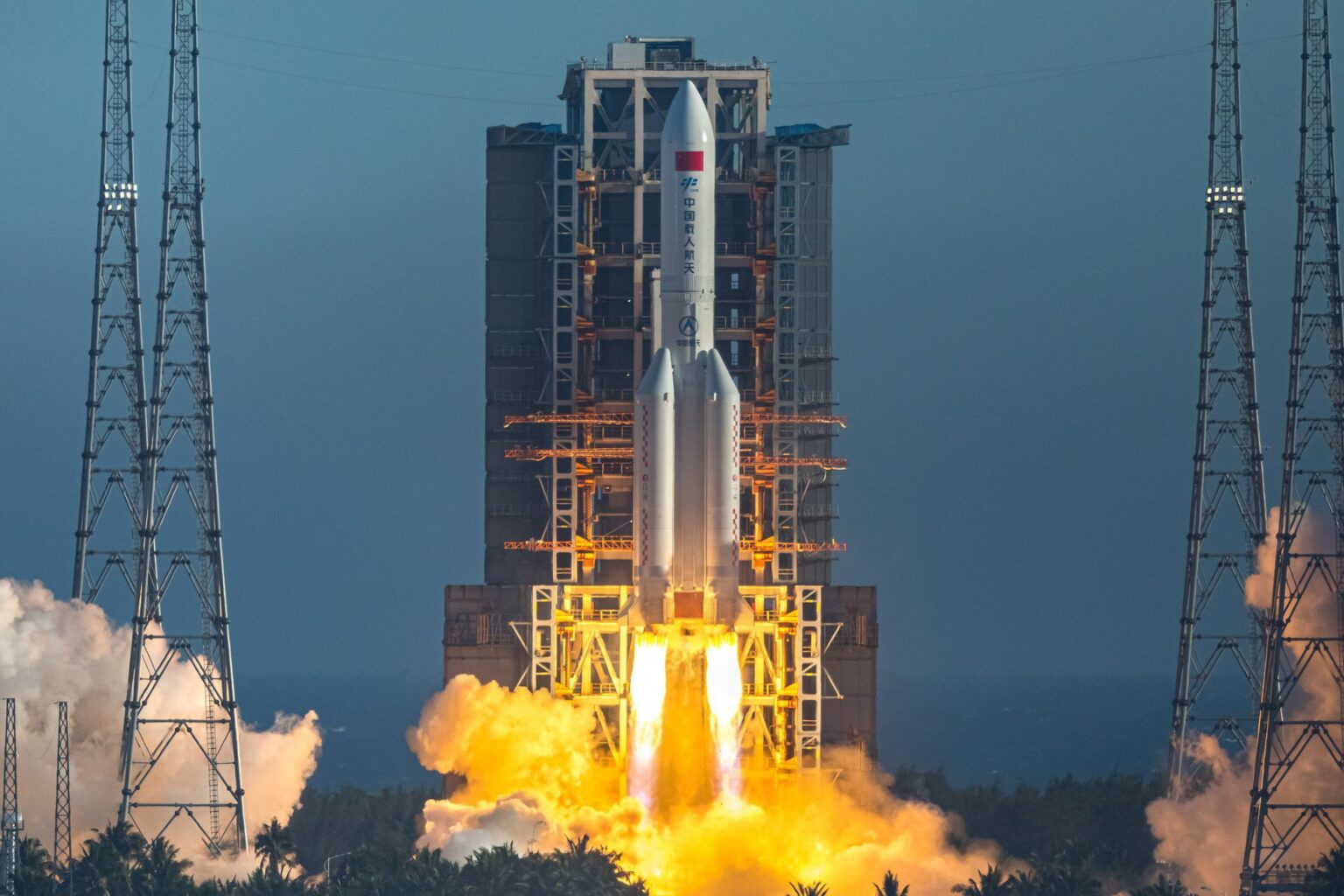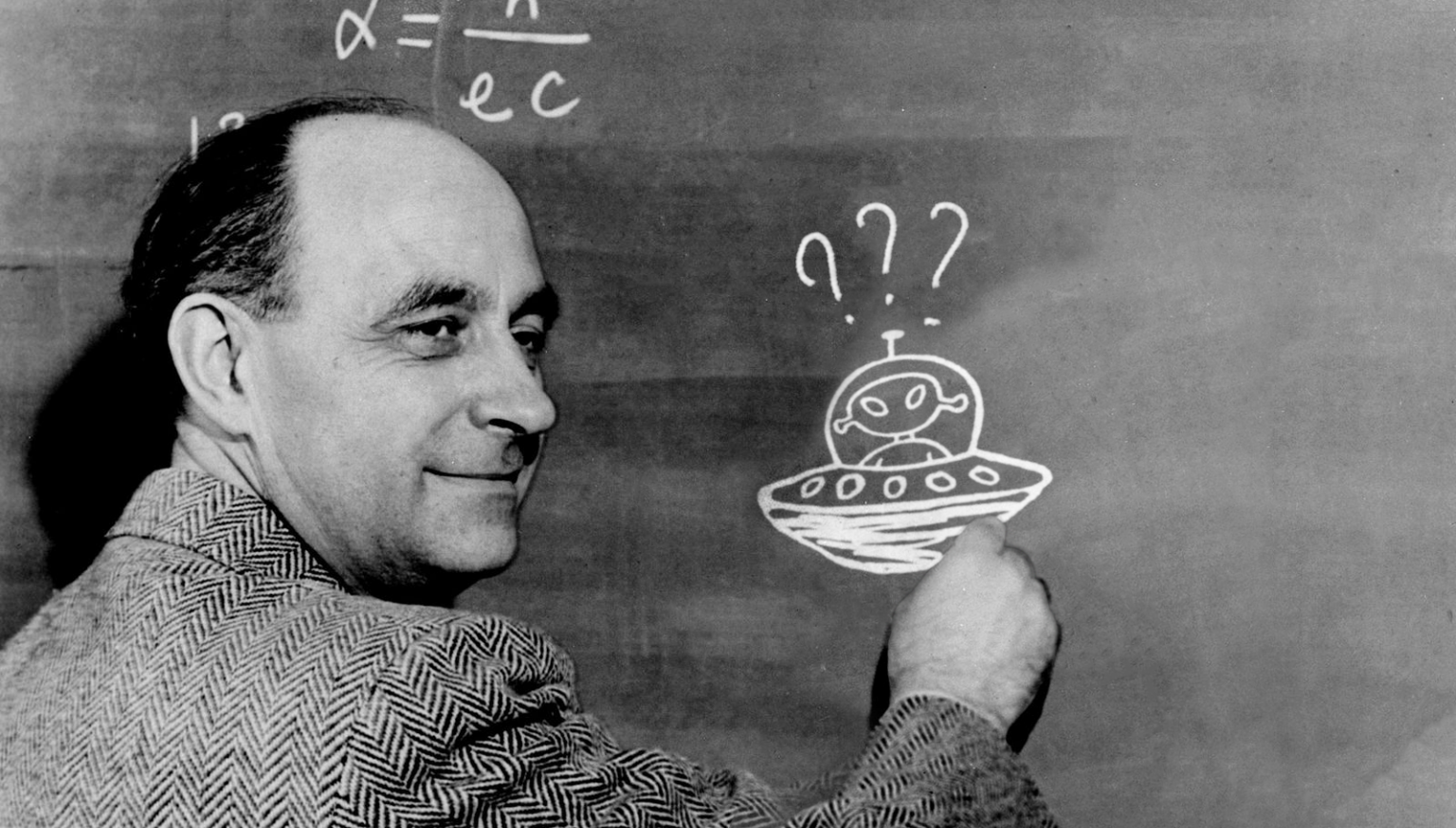Selection of the most interesting space news for the week: Scientists are developing virtual reality for long-term space missions; NASA will not send scientists to the ISS, and we explain why humanity has not yet met an alien civilization.

“And since a property of all good arts is to draw the mind of man away from the vices and direct it to better things, these arts can do that more plentifully, over and above the unbelievable pleasure of mind”
— Nicolaus Copernicus
SpaceX Dragon is being refitted for a rescue mission urgently
The SpaceX Dragon capsule is being hastily modified in orbit to return another astronaut to Earth if necessary. NASA plans to take its astronaut Frank Rubio from the Russian Soyuz spacecraft to a Dragon capsule called Endurance, now managing the current SpaceX Crew-5 mission for NASA. The space agency decided to proceed with the refitting of the interior space of this spacecraft by moving an additional passenger seat.
NASA will not send scientists to the ISS
Due to the budget deficit for 2023, NASA will not implement the CERISS project. It provided for sending professional scientists to the ISS in order to accelerate the research conducted there. In 2022, the Kundrot division had USD 82.5 million in funding. For 2023, they requested 100.4 million. Of these, 10 million should get directly to the CERISS project. However, the space agency’s draft budget approved in December has a figure of 85 million. Taking into account inflation, this turns out to be even less than in the past.
Virtual Reality for astronauts
Engineers are developing a virtual reality system that will help astronauts endure long space flights. It will contain a system for generating odors, because they affect the emotional state of a person. Virtual reality systems are already quite well known on Earth. They are usually used to reproduce extreme environments, such as combat situations in games and training. But the University of Texas team solves the exact opposite task: to simulate habitual circumstances in unusual ones.
Researchers believe that a virtual walk through the forest or along the river can effectively improve the well-being of an astronaut who has been in a confined space for many months. And if the developers of virtual reality have been familiar with the ideal reproduction of images and sound for a long time, then the rest of the human sensations have so far mostly remained dissatisfied. In particular, researchers pay special attention to modeling odors.
NASA starts designing the next-generation space observatory
NASA has developed a plan to create a large space observatory of the next generation, which will replace the current telescopes. The announcement was made at the sessions of the recently held 241st meeting of the American Astronomical Society. NASA will combine two concepts of promising space observatories under the names LUVOIR and HabEx into a single project. The result of this merger should be a new flagship telescope with a 6.5-meter mirror capable of conducting observations in the visible, ultraviolet and near infrared spectrum. The project was provisionally named Habitable Worlds Observatory. The launch of Habitable Worlds Observatory is tentatively scheduled for the early 2040s.
New satellite constellations will allow to examine the combat zones in detail
The Ukrainian-Russian war has increased the demand for high-resolution satellite images. The military wants to receive them more and more often. It is expected that by 2028 the number of corresponding satellites will grow by 9 times. The main consequence of Russia’s large-scale invasion of Ukraine for the satellite services market was a sharp increase in demand for high-resolution satellite images. This is stated in the report of the consulting company Quilty Analytics.
Photo of the week

The launch of the most powerful SpaceX rocket on the weekend could be seen not only near the launch pad, but also from orbit. USSF-67 was the fifth ever successful Falcon Heavy mission. The flight lifted a military communications satellite called Continuous Broadcast Augmenting SATCOM 2 and five smaller spacecraft for the Space Force.
Interesting figure — 70 orbital launches per year

China Aerospace Science and Technology Corporation (CASC) is going to carry out more than 50 orbital launches in 2023. If we add to this the plans of other government contractors and commercial Chinese companies, then by the end of the year the Celestial Empire may exceed the mark of 70 completed space missions.
Something to read on the weekend

In the summer of 1950, in Los Alamos, Enrico Fermi asked his famous question: “So, where are they?”. The Fermi Paradox is the least understood “big question” in the history of science, and the biggest challenge for the SETI (Search for Extraterrestrial Intelligence) project. We explain why we still haven’t met with aliens and talk in detail about the Fermi paradox.
If you are no longer interested in extraterrestrial civilizations, then you can learn more about “tailed” stars. After all, that’s what comets used to be called.
Follow us on Twitter to get the most interesting space news in time
https://twitter.com/ust_magazine

